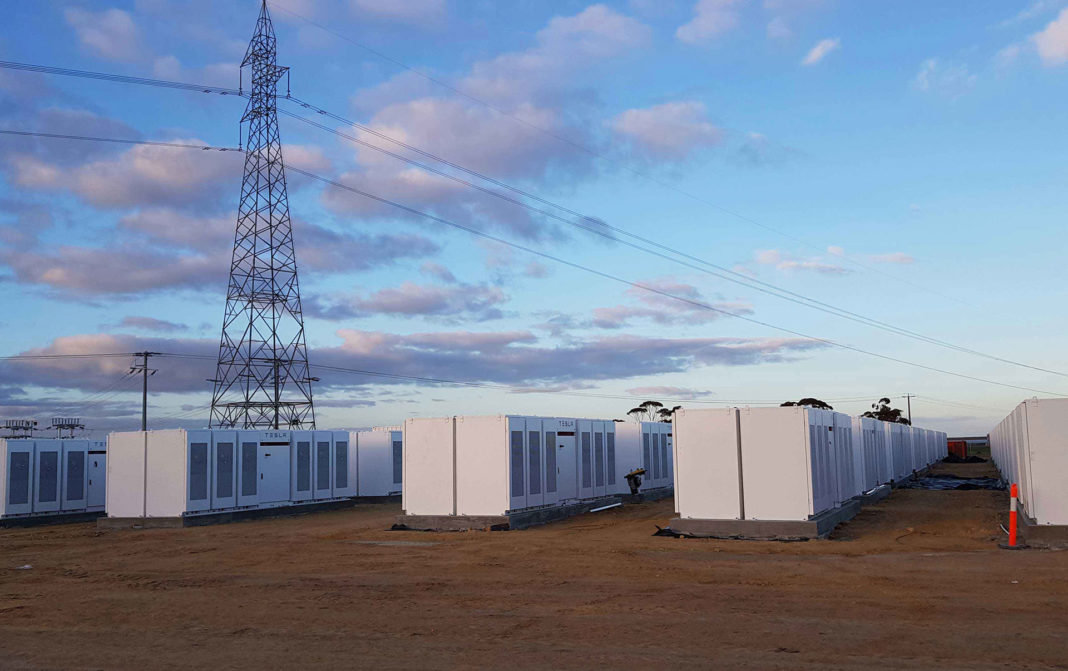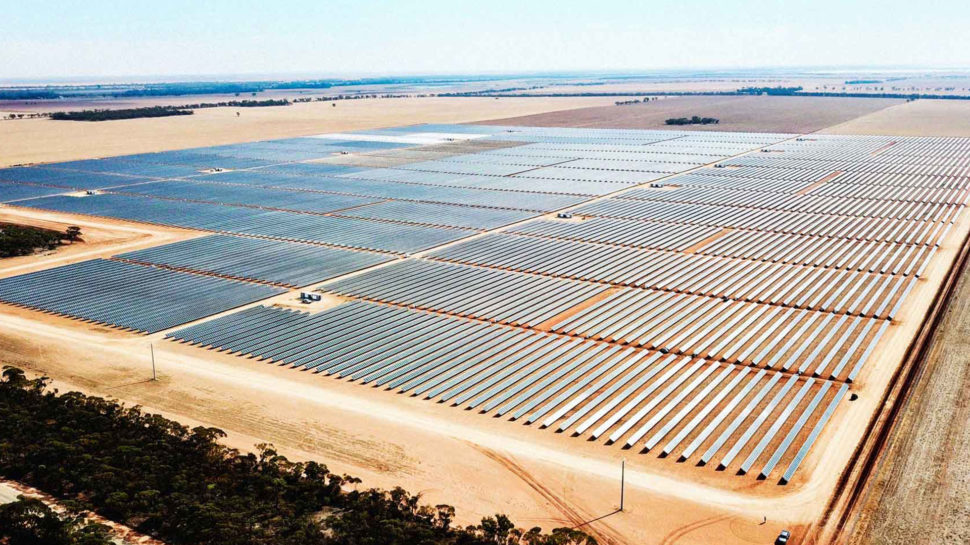In pursuit of a high renewables future
Following its first two years of operations, the Gannawarra Energy Storage System has delivered countless learnings to the sector in its pursuit of a high renewables future and is an asset that Edify is proud to have delivered. Check out the latest and final Operational Report 3 and 4, covering its second year of operations and providing valuable insight into coordinated battery and renewable plant arrangements.
Key insights
This operational report covers the second of two 6-month operational periods for the Gannawarra Energy Storage System – March to August 2020 and September 2020 to February 2021. Between the Project Summary Report and the first Operational Report, the GESS project has already provided the sector with a number of development, regulatory, delivery and operational learnings, particularly in relation to coordinated battery and renewable plant arrangements. This report should therefore be read in conjunction with these previous reports to provide the reader with the project’s full breadth of findings. The key insights articulated in Executive Summary of the first operational report remain current for the second 12-month operational period. Otherwise, a summary of the key lessons learned from an operational and financial perspective discussed in this report, is as follows:
- At current prices, FCAS revenues are a significant component of battery revenues and therefore the value stack, but the volatility and depth of these value streams make it difficult to rely on for capital investments.
- Batteries connecting to the distribution network face significant demand-based charges which can result in sub-optimal trading decisions and therefore underutilisation of storage assets. This is mitigated in part by 1) the option to charge during solar hours in the case of the co-located arrangement of GESS and GSF; and 2) access to avoided TUOS payments, which in turn are subject to the accessibility of this revenue stream when managing connection constraints of co-located facilities.
- As alluded to above, while co-locating batteries with renewable assets has capital and operating cost benefits, there can be downsides from sharing a connection when the connection size requires constraints on the battery, particularly where the co-located renewable asset is pre-existing and a separate financial entity. Accurate forecasting of the renewable resource feeding into real-time decision-making tools is important to retain the option to maximise any available headroom in connection assets.
- Automation of bidding is a useful tool to optimise trading decisions and manage dynamic constraints, but it has its limitations.
- The intrinsic characteristics of battery assets such as GESS make them high performers from a safety and environmental perspective.
The full report can be downloaded here
For more information about Gannawarra and our other projects, click here
Project partners
GESS would not have been possible without the support of DELWP as part of its Energy Storage Initiative, ARENA as part of its Advancing Renewables Program or WIRCON as 50-50 joint venture co-investors. GESS’s other project partners Tesla and EnergyAustralia also worked tirelessly to turn the project from concept to reality
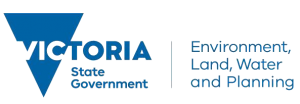
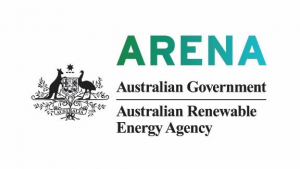
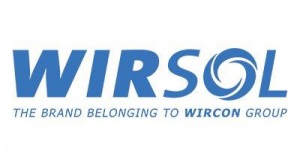

![]()
